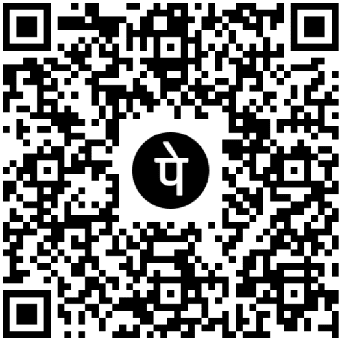Read more »
The chart below shows the Japan’s population
by age groups starting in 1960 and including a forecast to 2040.
|
The line graph provides information about the percentage of
three age groups over 80 years, from 1960 to 2040.
Overall, the age range of 25 to 64 has historically and is
expected to continue to represent the largest proportion of the Japanese
population. The proportion of people aged 0 to 14 is anticipated to continue
declining, but the percentage of people 65 and older has been increasing and
is forecasted to do so for the duration of the projection period.
The age range of 25 to 64 has consistently held the largest
percentage of the overall Japanese population, and it is predicted that this
trend will continue through the end of the projected period. This group made
up 65% of the population in 1960. From then, there was a brief period of ups
and downs until 1990, and then a predicted gradual descent to 55% in 2030,
when it is estimated to resume an increasing trend. However, with the
exception of the first decade (1960–1970), the youngest age group (0–14)
continued to decline during the whole time and was anticipated to have the
lowest proportion, or 10% of the total Japanese population, by the end of the
period.
On the other hand, even though the age group of 65 and over had
the smallest percentage of the population at the beginning of the period, it
increased with time. It crossed the 0-14 age range in 2005, and it was
predicted to grow to 35% by 2040.
|
Biểu đồ đường cung cấp thông tin về tỷ lệ phần trăm của ba
nhóm tuổi trên 80 tuổi, từ 1960 đến 2040.
Nhìn chung, độ tuổi từ 25 đến 64 trong lịch sử và dự kiến
sẽ tiếp tục chiếm tỷ trọng lớn nhất trong dân số Nhật Bản. Tỷ trọng người từ
0 đến 14 tuổi được dự đoán sẽ tiếp tục giảm nhưng tỷ lệ người từ 65 tuổi trở
lên đang tăng lên và được dự báo sẽ tiếp tục tăng trong suốt thời kỳ dự báo.
Độ tuổi từ 25 đến 64 luôn chiếm tỷ lệ lớn nhất trong tổng
dân số Nhật Bản và người ta dự đoán rằng xu hướng này sẽ tiếp tục đến cuối
giai đoạn dự kiến. Nhóm này chiếm 65% dân số vào năm 1960. Từ đó, có một giai
đoạn thăng trầm ngắn ngủi cho đến năm 1990, và sau đó được dự đoán sẽ giảm
dần xuống còn 55% vào năm 2030, khi đó người ta ước tính sẽ tiếp tục xu hướng
gia tăng. Tuy nhiên, ngoại trừ thập kỷ đầu tiên (1960–1970), nhóm tuổi trẻ
nhất (0–14) tiếp tục giảm trong suốt thời gian đó và được dự đoán là có tỷ
trọng thấp nhất, tức 10% tổng dân số Nhật Bản, tính theo cuối kỳ.
Mặt khác, nhóm tuổi từ 65 trở lên tuy có tỷ lệ dân số nhỏ
nhất vào đầu thời kỳ nhưng lại tăng lên theo thời gian. Nó vượt qua độ tuổi
0-14 vào năm 2005 và được dự đoán sẽ tăng lên 35% vào năm 2040. |










